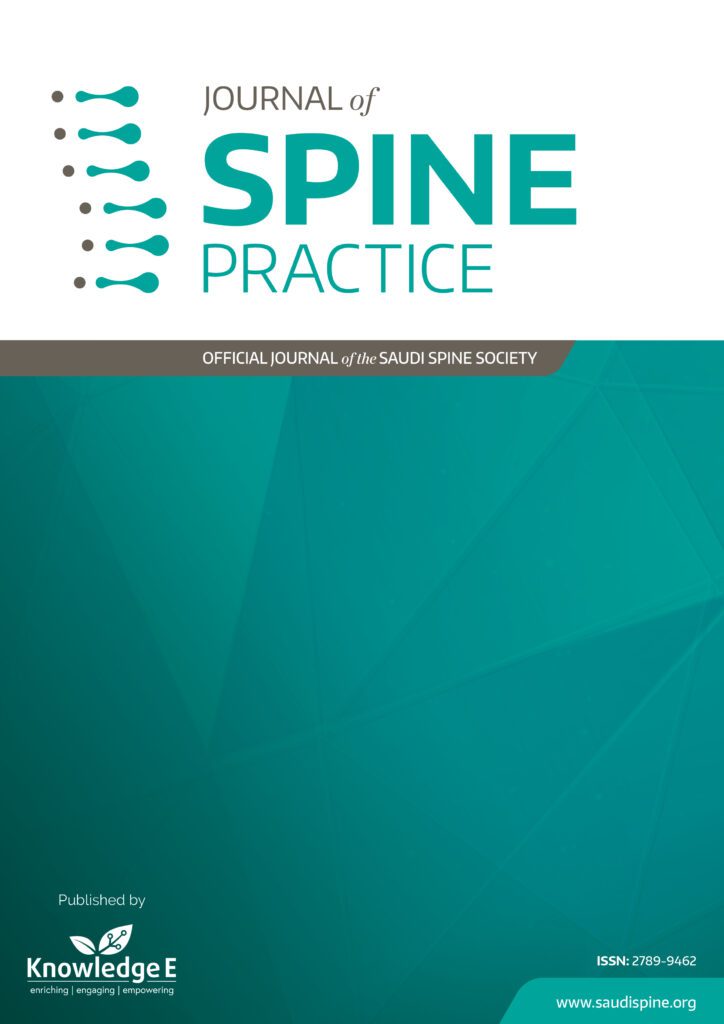
Journal of Spine Practice
ISSN: 2789-9462
Leading research in all spine subspecialties focusing on orthopaedic spine, neurosurgery, radiology, and pain management.
Platelet-rich Plasma for Refractory Coccydynia: A Case Report
Published date: Nov 07 2021
Journal Title: Journal of Spine Practice
Issue title: Journal of Spine Practice (JSP): Volume 1, Issue 1
Pages: 44
Authors:
Abstract:
Introduction: Coccydynia is a common syndrome characterized by pain localized to the tailbone that radiates into the lower sacrum and perinium. Coccydynia affects female patients more frequently than male patients. It occurs more commonly after direct trauma from fall directly onto the coccyx. The pain is caused commonly by the strain of sacrococcygeal ligament or fracture of the coccyx and less commonly secondary to arthritis. Conservative treatment of coccydynia include simple analgesics and foam donut to prevent irritation to sacrococcygeal ligament. If pain persist, usually ganglion impar block and radiofrequency are alterative options. There are no strong evidence to support coccygectomy.
Case Report: A 40-year-old presented with coccygeal pain for more than six months. The patient was seen at the pain clinic in Prince Sultan Military Medical City after failure of conservative and multiple steroid injections followed by radiofrequency therapy. We discussed with the patient a trial of a platelet-rich plasma (PRP) injection into the sacrococcygeal ligament under fluoroscopic guidance with full details endorsed to the patient including the risks and benefits of the procedures and informed consent signed before the injection. Pain severity score was taken before and about one month after each injection. The patient received a total of three PRP injections.
Result: The patient reported about 30%, 70%, and 85% pain reduction after the first, second, and third injection, respectively. At six months, the patient continued to experience the same level of reduced pain without the use of regular pain medications.
Conclusion: PRP can be considered as an option for the treatment of patients with refractory coccydynia.
